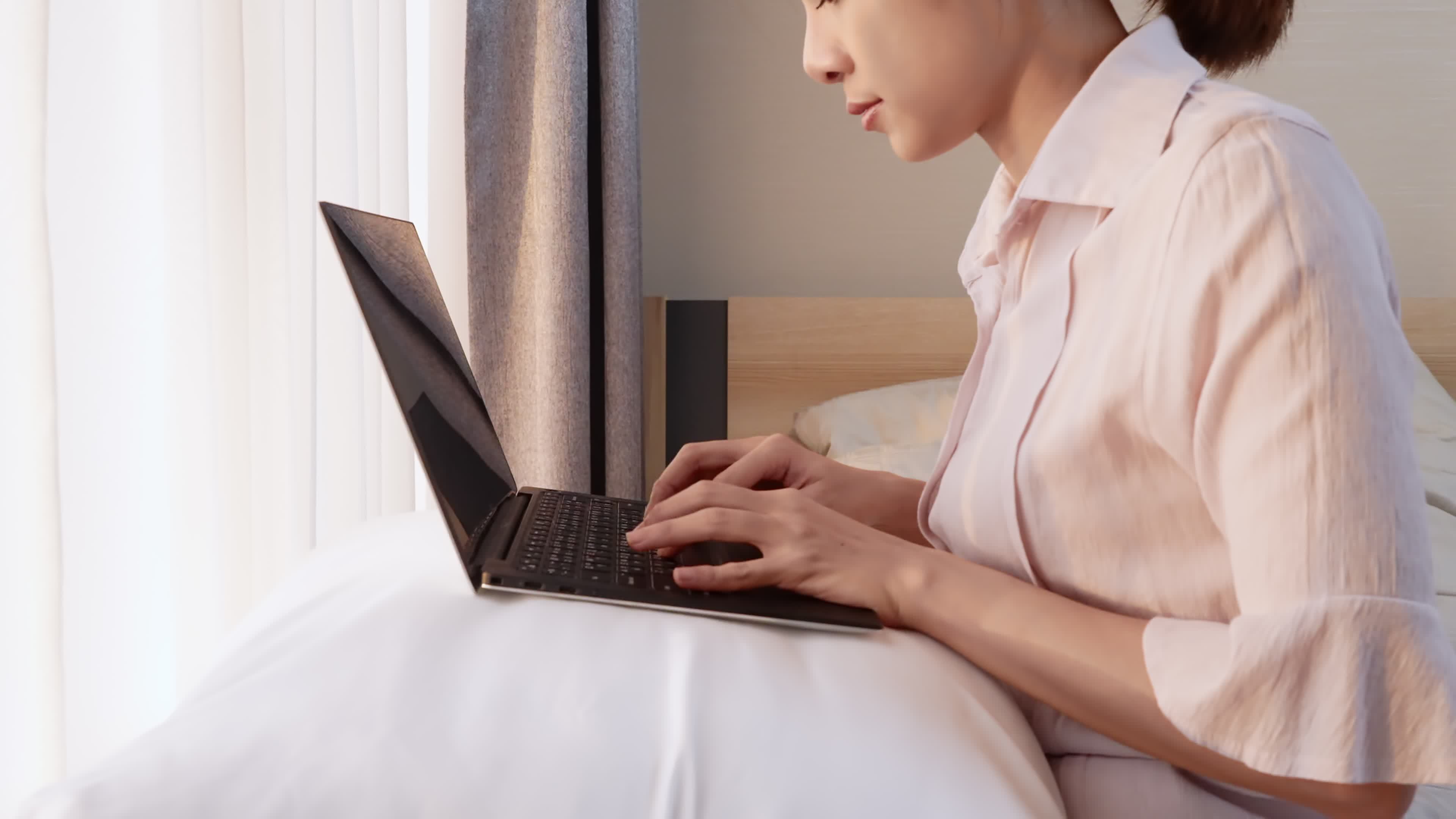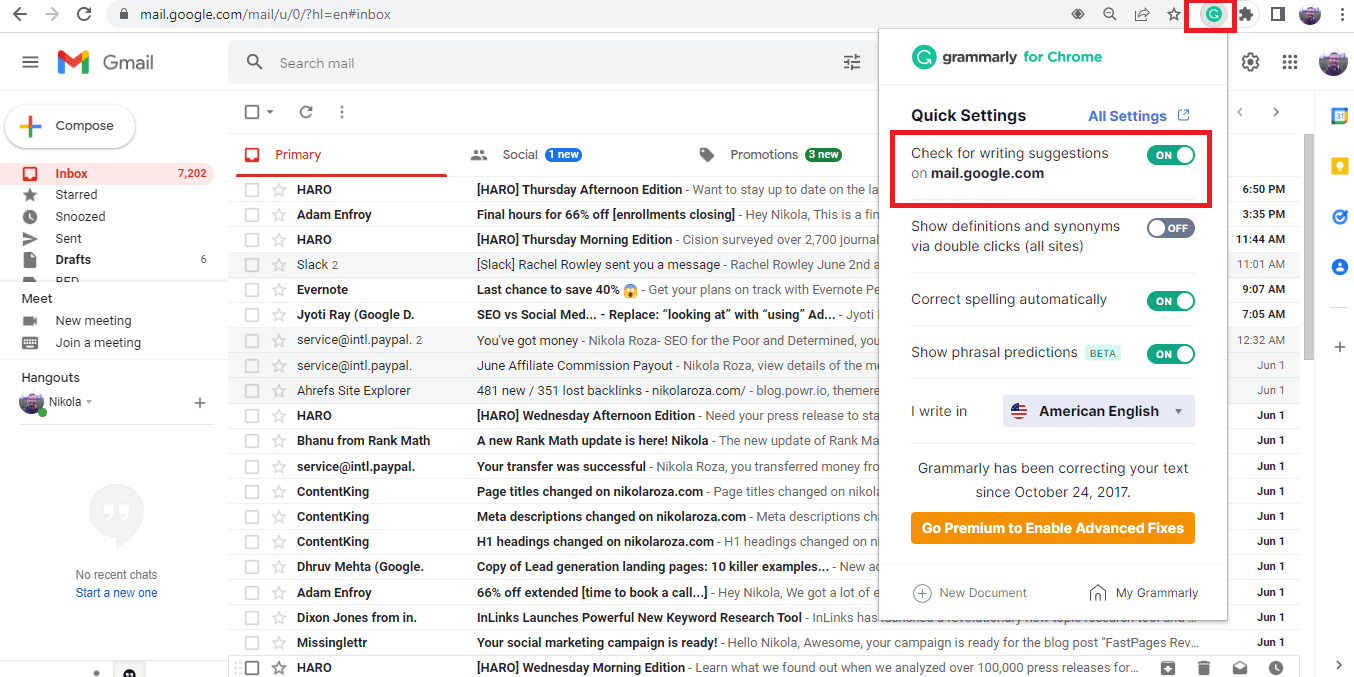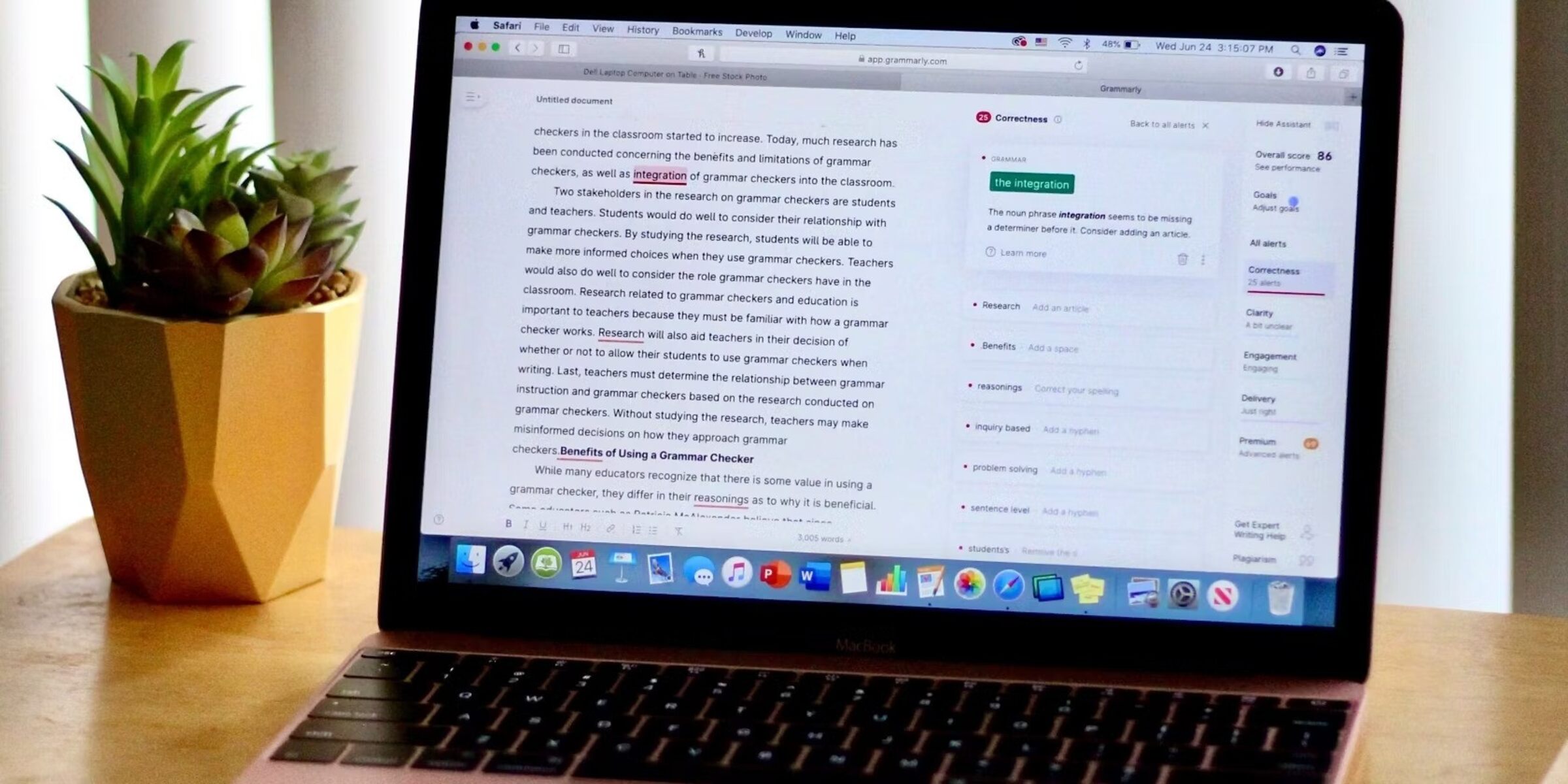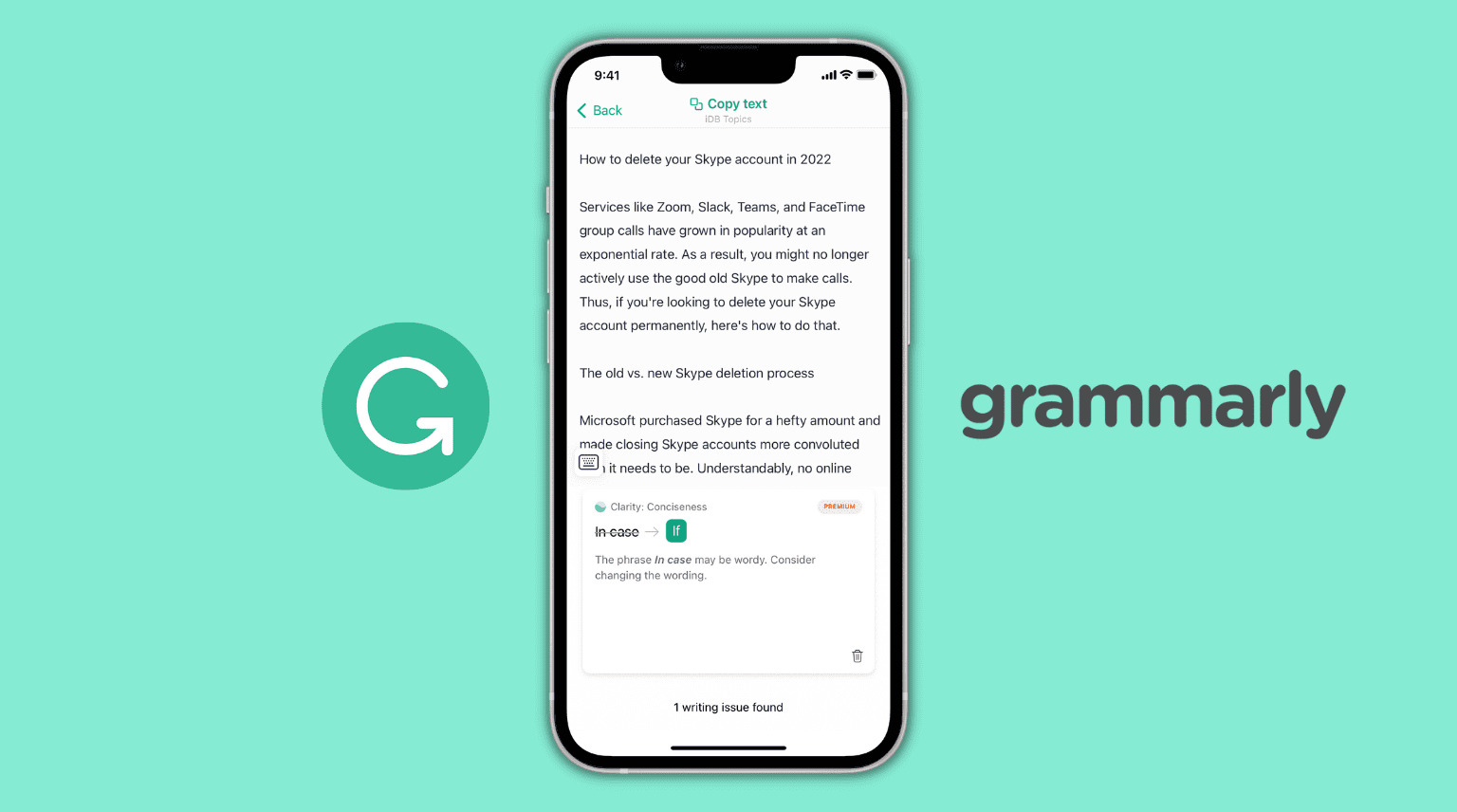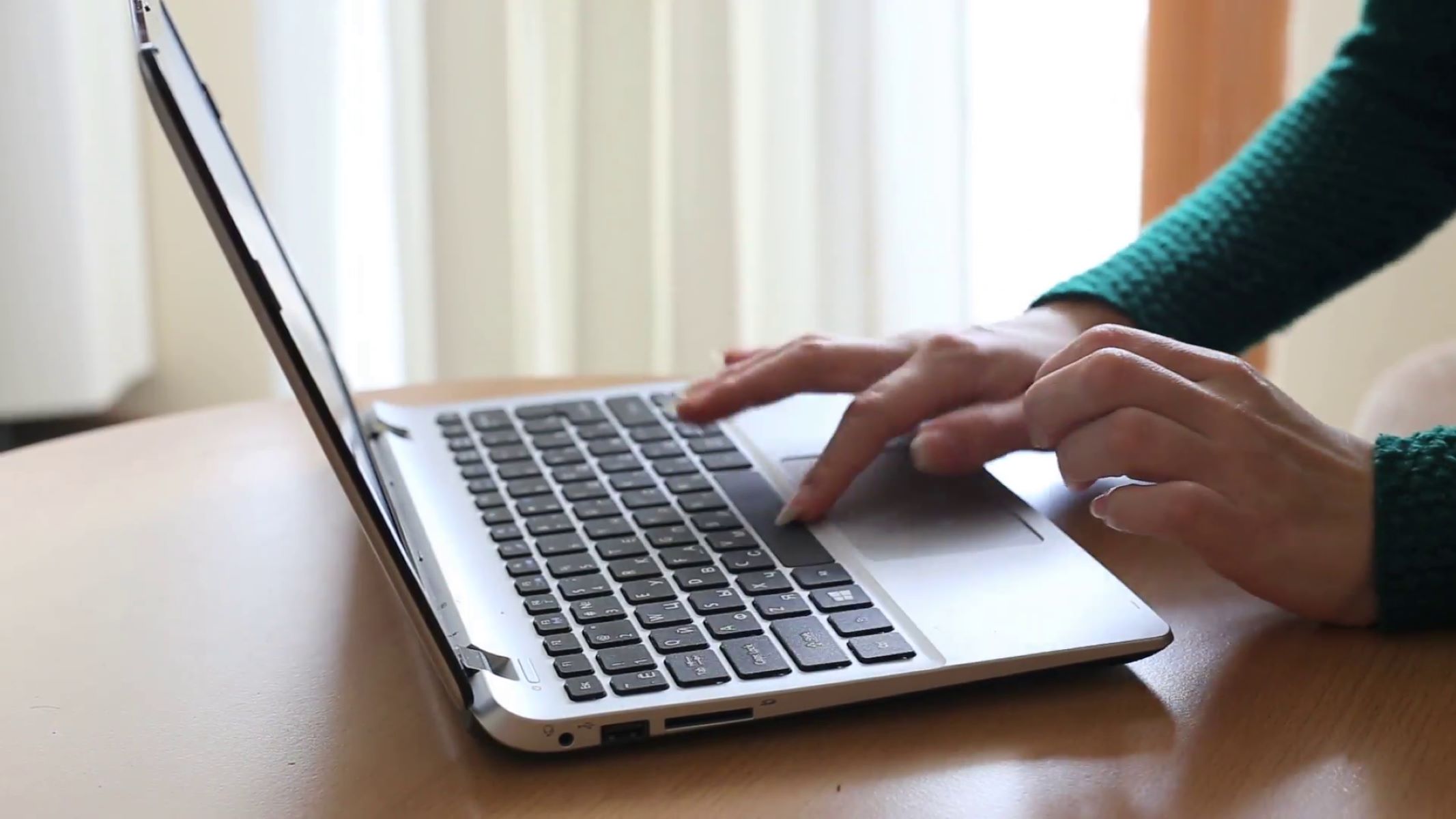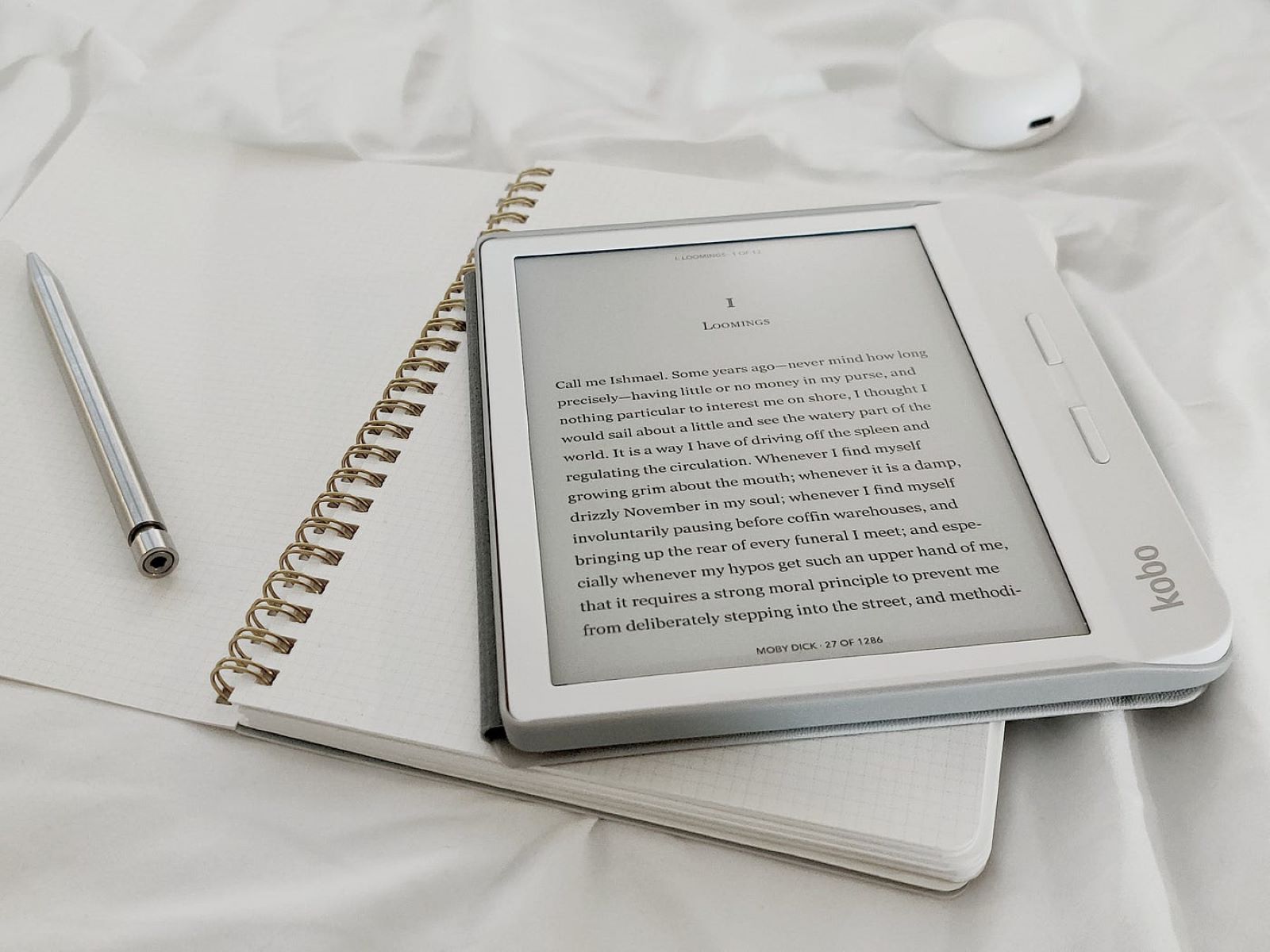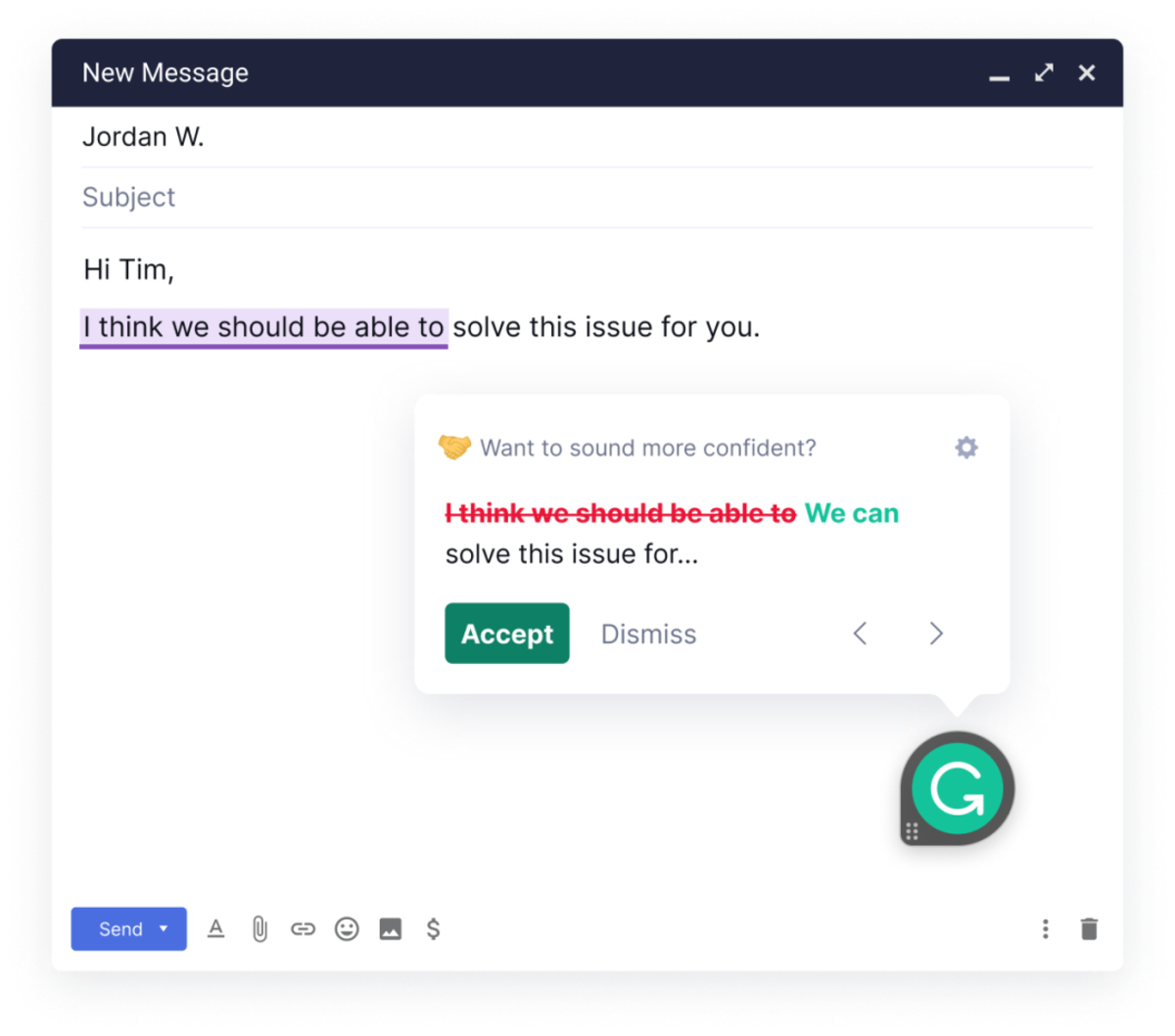Introduction
Writing an effective email is an essential skill in today’s digital age. Whether you are communicating with colleagues, clients, or potential employers, the way you craft your emails can greatly impact how your message is received. An email that is concise, well-structured, and professional can help you convey your ideas and intentions clearly, while also maintaining a positive impression.
In this article, we will explore some key techniques and guidelines for writing a great email. From creating a strong subject line to using appropriate greetings and maintaining professionalism, we will cover the essential elements of crafting an email that is both effective and engaging. Additionally, we’ll provide tips on structuring your email for readability, proofreading and editing your content, and adding important contact information. By following these guidelines, you can ensure that your emails leave a lasting impression and achieve their intended purpose.
Remember, an email is often the first point of contact in a professional or personal setting, so it’s important to make a positive impression right from the start. With the right approach and attention to detail, you can write emails that are clear, concise, and professional, setting yourself apart as a strong communicator.
Now, let’s dive into the key techniques and strategies for writing a well-crafted email.
Start with a Clear Subject Line
The subject line of your email is the first thing recipients will see, so it’s crucial to make it clear and concise. A well-written subject line not only grabs the reader’s attention but also enables them to quickly understand the purpose and importance of your email.
When crafting your subject line, focus on being specific and descriptive. Avoid vague or generic phrases that don’t provide any context. Instead, summarize the main point or subject of your email in a few words.
For example, instead of using a subject line like “Meeting,” you can make it more informative by writing “Request for Team Meeting – October 15th, 2 PM.” This provides recipients with important details and sets the expectation for the content of the email.
Additionally, if your email is time-sensitive or requires immediate attention, consider including a priority indicator in the subject line. For instance, using terms like “Urgent” or “Action Required” can convey the importance of your message and prompt recipients to read and respond promptly.
Remember to keep your subject line brief and to the point. Longer subject lines can get cut off in email previews or mobile displays, potentially leading to a loss of crucial information. Aim to convey the primary message of your email in a maximum of 50 characters.
In summary, starting your email with a clear subject line helps recipients quickly understand the purpose and importance of your communication. By being specific and descriptive, you increase the chances of your email being read and prioritized by the recipient.
Begin with a Proper Greeting
A proper greeting at the beginning of your email sets the tone and establishes a professional rapport with the recipient. It shows respect and consideration, making the recipient feel valued and acknowledged.
When addressing the recipient, use their name if possible. Using their name personalizes the email and creates a more engaging conversation. If you are unsure about the recipient’s preferred form of address, it is safer to err on the side of formality and use their full name, such as “Dear Mr. Smith” or “Dear Dr. Johnson.”
However, if you have an existing relationship with the recipient or the email is more casual in nature, you may opt for a less formal greeting, such as “Hello John” or “Hi Sarah.” Use your discretion based on the context and relationship with the person you are emailing.
Furthermore, it is essential to avoid general greetings like “To whom it may concern” or “Dear Sir/Madam” unless you are truly unsure of the recipient’s identity. A generic greeting can give the impression that you haven’t taken the time to personalize the email and may come across as impersonal.
Consider the nature of the email and your relationship with the recipient when selecting an appropriate greeting. Tailor it to the specific situation to establish a connection and make the recipient feel more receptive to your message.
In some cases, you may even want to include a brief opening sentence or paragraph that shows your familiarity with the recipient or acknowledges a recent interaction. For example, if you met the person at a conference or networking event, you might say, “It was a pleasure meeting you at the XYZ Conference last week. I wanted to follow up on our conversation.”
Starting your email with a proper greeting demonstrates professionalism and helps build a positive relationship with the recipient right from the start.
Keep your Email Concise and to the Point
In today’s fast-paced world, people receive numerous emails every day, making it crucial to respect their time and attention. To ensure that your message is read and understood, it is important to keep your email concise and to the point.
Start by focusing on the main objective of your email. Identify the key points you want to convey and structure your email around them. Avoid including unnecessary or irrelevant information that could distract from your main purpose.
Use clear and straightforward language to articulate your thoughts. Keep sentences and paragraphs concise. Long, rambling emails can lead to confusion and may discourage recipients from reading the entire message. Aim to include only the necessary details and provide additional information if requested.
If you need to convey multiple pieces of information or tasks, consider using bullet points or numbered lists. This helps break down complex information into easily scannable points, making it more digestible for the recipient.
Remember, the goal is to make your email easily readable and quickly actionable. Be mindful of the recipient’s time and streamline your message accordingly.
To maintain clarity, it can be helpful to organize your thoughts by using paragraph breaks. Each paragraph should focus on a single point or topic, making it easier for the reader to follow along and comprehend your message.
Another technique to keep your email concise is to avoid unnecessary repetition. Once you have provided the relevant information, avoid restating it multiple times throughout the email. This can lead to redundancy and make the email longer than necessary.
By keeping your email succinct and focused, you increase the chances of your message being read, understood, and acted upon. Respect the recipient’s time and deliver your message in a clear and concise manner.
Use a Professional Tone
The tone of your email sets the overall impression and can greatly influence how your message is received. It is important to maintain a professional tone throughout your email to establish credibility and respect.
Start by using proper grammar and spelling. Proofread your email before sending it to ensure that there are no typos or grammatical errors. Poorly written emails can convey a lack of professionalism and attention to detail.
In addition to grammar and spelling, choose your language and vocabulary carefully. Use formal language appropriate for the context and audience. Avoid slang, abbreviations, or jargon that may not be familiar to the recipient. Keep in mind that not everyone will have the same level of familiarity with industry-specific terminology.
While it is important to maintain a professional tone, don’t be overly formal or robotic. Your email should still have a human touch and convey your personality within the boundaries of professionalism. Injecting a friendly and polite tone can help build rapport and foster positive relationships.
Consider the recipient’s position, authority, and relationship with you when crafting your tone. If you are emailing a supervisor or a client, for example, maintaining a level of formality and respect is essential. On the other hand, if the email is to a colleague or team member you have a more informal relationship with, you can adopt a slightly less formal tone.
Lastly, always remain courteous and respectful in your email communication. Avoid confrontational or aggressive language, even if you are addressing a disagreement or a problem. Be diplomatic and seek to find common ground or solutions rather than escalating conflicts.
By using a professional tone, you convey your credibility, respect for the recipient, and a commitment to effective communication. Striking the right balance between professionalism and approachability can help you build positive and productive relationships through email.
Use Paragraphs and Bullet Points for Readability
When composing an email, it’s important to present your information in a format that is easy to read and understand. Utilizing paragraphs and bullet points can greatly enhance the readability of your email, making it more engaging and accessible for the recipient.
Start by using paragraphs to break up your email into distinct sections. Each paragraph should focus on a specific point or topic. This not only makes your email visually appealing but also helps the reader navigate through the content more efficiently.
Keep your paragraphs concise and avoid long blocks of text. Long paragraphs can overwhelm the reader and make the information harder to digest. Aim for no more than three to four sentences per paragraph, or even fewer for particularly important or complex points.
In addition to paragraphs, consider using bullet points or numbered lists to highlight key information or instructions. Bullet points help to organize your thoughts, making them easier to skim and comprehend. They also provide a visual break from the main body of text, improving the overall readability of your email.
When using bullet points, make sure to keep them concise and focused. Use short phrases or single sentences to convey each point, and use consistent formatting for each bullet point. Avoid using excessive indentation or complex formatting that may distract from the content.
Furthermore, consider using bold or italicized text sparingly to draw attention to essential information or emphasize important points. However, use these formatting options judiciously to avoid overwhelming the reader or diminishing their impact.
Remember that readability is key when it comes to email communication. By using paragraphs to structure your content and incorporating bullet points for important information, you can enhance the overall readability of your email, making it easier for the recipient to follow along and comprehend your message.
Proofread and Edit Your Email Before Sending
Before hitting the send button, it is essential to proofread and edit your email to ensure that it is error-free, clear, and conveys your intended message effectively. A poorly written email, riddled with typos or unclear sentences, can diminish your professionalism and credibility.
Start by reviewing your email for any grammatical or spelling errors. Use spell-check tools, but remember that they may not catch every mistake, especially if it involves incorrect word usage or homophones. Take the time to read your email carefully and make necessary corrections.
Read your email as if you were the recipient. Put yourself in their shoes and consider whether the message is easily understandable. Look for any confusing or ambiguous sentences that may need clarification or rephrasing. Make sure your key points are clearly expressed and that the overall flow of the email is logical and coherent.
Check the tone of your email to ensure it aligns with your intended communication. Consider whether your language is respectful, courteous, and professional throughout. Adjust any sentences or phrases that may come across as too informal, too strong, or unintentionally rude.
If your email contains any important attachments or links, double-check them to make sure they are included and functional. Verify that the attachments are correct and that the links direct to the intended destination, such as a document or a website.
It can also be helpful to read your email aloud. This helps you catch any awkward phrasing or errors that may not be as apparent when reading silently. By hearing the words spoken, you can better gauge the overall clarity and effectiveness of your email.
Lastly, take a moment to review the recipient’s email address and ensure that it is accurate. Sending an email to the wrong address can lead to miscommunication and delays.
By taking the time to proofread and edit your email, you demonstrate attention to detail, professionalism, and respect for the recipient’s time and attention. It allows you to catch any mistakes, clarify your message, and ensure that your email makes the desired impact.
Add a Polite Closing
When ending your email, it’s important to include a polite and professional closing that leaves a positive final impression on the recipient. The closing serves as a courteous way to wrap up your email and signals the end of your message.
Consider using phrases such as “Thank you,” “Best regards,” or “Sincerely” followed by your name. These are commonly accepted and appropriate closings in professional email communications. Choose a closing that matches the formality of your email and reflects your relationship with the recipient.
For example, if you are writing to a colleague or someone you have a friendly rapport with, you may opt for a closing like “Best regards” or “Thanks.” These closings strike a balance between professionalism and friendliness.
If you are writing to someone in a more formal or authoritative position, consider using a closing such as “Sincerely” or “Respectfully.” These closings show deference and indicate your professionalism and respect for the recipient.
Additionally, incorporating a brief sentence or two after your closing can be an opportunity to reiterate your main point or provide additional information. For instance, if you mentioned an attachment or a follow-up action, you could say, “Thank you for your attention to this matter. Please let me know if you need any further assistance.”
Remember to use proper punctuation and a formal tone in your closing. Avoid using emojis, slang, or other informal elements that may undermine the professionalism of your email.
Lastly, don’t forget to include your contact information below your name. This can include your phone number, email address, and any other relevant contact details. Providing this information makes it easier for the recipient to reach out to you if they have any further questions or need to follow up with you.
A polite closing not only shows your professionalism and respect but also leaves a lasting impression on the recipient. By thoughtfully considering your closing and including your contact information, you facilitate open communication and demonstrate your commitment to maintaining an ongoing conversation if needed.
Include Your Contact Information
When composing an email, it’s important to provide your contact information so that the recipient can easily reach out to you if needed. Including your contact details in your email signature not only facilitates efficient communication but also adds a professional touch to your message.
Your email signature should typically include your full name, job title (if applicable), company name, phone number, and email address. These essential contact details allow the recipient to easily identify you and reach out to you through alternative channels if necessary.
Consider using a consistent format for your email signature, such as aligning the information to the left or center of the email. Use a legible font and size to ensure that the recipient can read and access your contact information without difficulty.
If you have any relevant links or social media profiles that are appropriate to share, you may include them in your email signature as well. This can provide the recipient with additional ways to connect with you professionally, such as your LinkedIn profile or website.
It’s important to keep your email signature concise and clutter-free. Avoid including excessive graphics, quotes, or irrelevant information. A clean and professional email signature helps maintain a clear focus on your contact details and ensures that it doesn’t distract from the main content of your email.
Remember to update your contact information in your email signature regularly to reflect any changes. For example, if you change your phone number or job title, make sure to update your signature accordingly.
By including your contact information in your email signature, you make it easy for the recipient to reach out to you directly for any follow-up or additional information. This not only saves time but also enhances the overall professionalism and accessibility of your communication.
Use a Professional Email Signature
Having a professional email signature is a subtle yet impactful way to leave a lasting impression on the recipient. A well-crafted email signature not only provides essential contact information but also adds a touch of professionalism and credibility to your communication.
When creating your email signature, keep it simple and clean. Start by including your full name, job title, and company name. This helps establish your identity and affiliation with the organization you represent.
Consider using a professional font and a font size that is easily readable. It’s best to stick to standard fonts and avoid using multiple fonts or excessive formatting that may distract from the content of your email.
Include your phone number and email address in your email signature to provide alternative ways for recipients to contact you. Make sure the information is accurate and up to date to avoid any potential communication issues.
In some cases, you may want to include additional information in your email signature, such as your LinkedIn profile or a link to your professional portfolio. Only include these details if they are relevant to your profession or can provide value to the recipient.
Do not clutter your email signature with unnecessary images or logos that may increase the file size or cause compatibility issues. Stick to a clean and professional look that focuses on the essential contact information.
Consider adding a professional email disclaimer or legal statement if it is required by your organization or industry. This helps protect both you and your organization by specifying legal rights and constraints related to the email communication.
Lastly, ensure that your email signature is mobile-friendly. Many people read emails on mobile devices, and a well-designed email signature will adapt to different screen sizes and still remain easily readable.
By using a professional email signature, you present yourself as a credible and trustworthy communicator. It not only provides the recipient with essential contact information but also reinforces your professionalism and attention to detail.
Conclusion
Writing effective emails is a skill that can greatly enhance your professional communication and personal interactions. By following the guidelines outlined in this article, you can improve the clarity, professionalism, and impact of your emails.
Starting with a clear subject line helps recipients quickly understand the purpose of your email, while beginning with a proper greeting sets a respectful and engaging tone. Keeping your emails concise and to the point ensures that your message is easily understood and acted upon.
Using a professional tone throughout your email builds credibility and fosters positive relationships. Incorporating paragraphs and bullet points enhances the readability of your content, making it easier for recipients to absorb your message. Proofreading and editing your email before sending ensures that it is error-free and effectively conveys your intentions.
Adding a polite closing and including your contact information adds a professional touch, facilitating further communication and making it easier for recipients to reach out to you. Finally, utilizing a professional email signature gives your emails a polished and credible appearance.
By implementing these techniques, you can write emails that make a powerful impact, effectively convey your message, and leave a positive impression on recipients. Remember, effective email writing is an ongoing process that can be honed with practice and attention to detail.
So, whether you are communicating with colleagues, clients, or potential employers, applying these strategies will help you write emails that are concise, clear, professional, and ultimately effective in achieving your desired goals.







